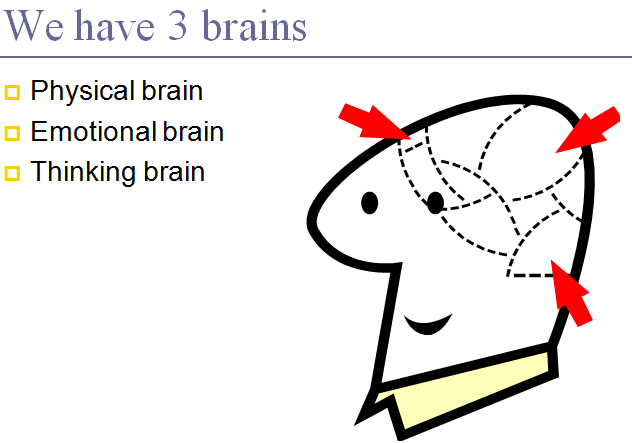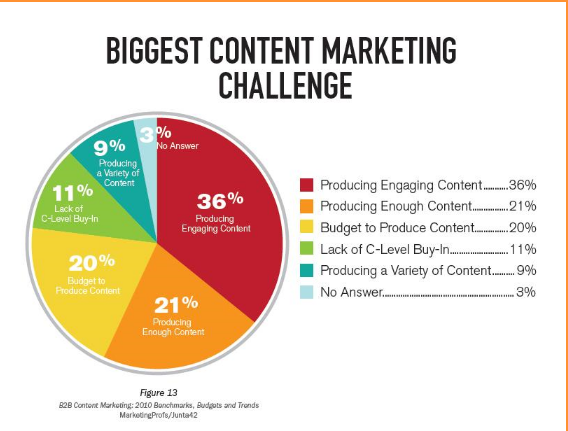 How do you go into someone’s office (or send them an email if you’re working virtually) and request them to “put a little more authenticity into your writing, please?” Sure, marketing is vastly improved when it sounds authentic.
How do you go into someone’s office (or send them an email if you’re working virtually) and request them to “put a little more authenticity into your writing, please?” Sure, marketing is vastly improved when it sounds authentic.
All the trend data shows that people prefer doing business with authentic brands and authentic professionals. The problem is that as an instruction it is totally unactionable. Authenticity is a noun, not a verb.
Jean-Paul Sartre, the French existential philosopher, viewed jazz as a representation of freedom and authenticity. But what does that mean for content marketing?
So as I was thinking about this incident that a colleague told me about, I starting thinking about the big picture. What does it mean to live authentically, to live well, write well, and do your best work?
I think about these things because, as I age, I become more aware of how limited time is on this Earth. I can’t do everything or learn everything, nor do I need to. Which means I have to choose which things to do, and say ‘No” to a few activities I’m sure I’d enjoy.
I meet weekly with a group of 10 women to discuss the meaning of life. (No, really…Some people have book clubs, or exchange recipes and garden tips. I go for the big stuff: what really matters.) Each of our members is highly educated, accomplished in a profession or the arts, and brings a different perspective. Read More→











